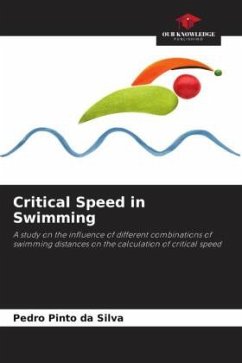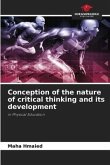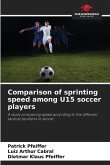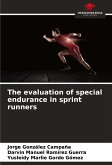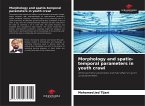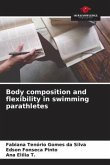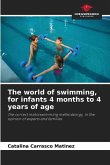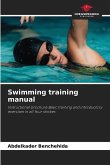Evaluating aerobic capacity is essential for prescribing and controlling training. In order to avoid invasive methods that are extremely time-consuming and costly, a non-invasive and extremely simple control method was used, the Critical Velocity (CV) in Pure Sports Swimming.The aim of this study was to verify the influence of using different combinations of swimming distances on the calculation of CR and Anaerobic Work Capacity (AWC), using different swimming distances (short, medium and long distances).Fourteen federated athletes from a swimming team in the district of Porto were assessed, 11 males and 3 females, aged between 13 and 25.In view of the data obtained in this study, it was concluded that the distances used have a major influence on the values of VT and ATC, which can lead to situations where the anaerobic threshold is above or below the expected value, with greater evidence when short and medium distances are used.
Bitte wählen Sie Ihr Anliegen aus.
Rechnungen
Retourenschein anfordern
Bestellstatus
Storno

